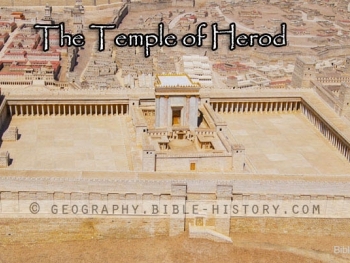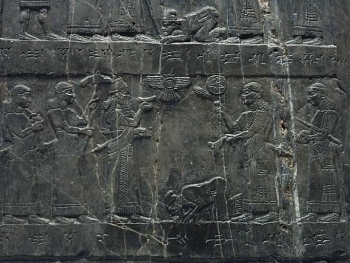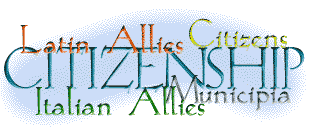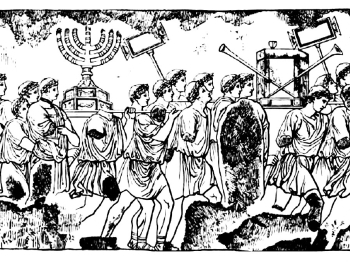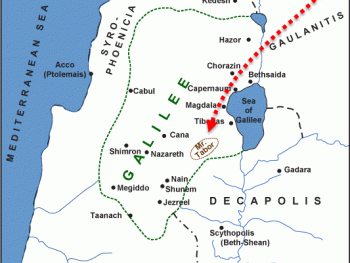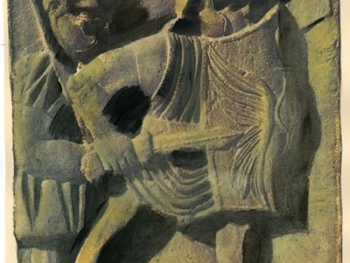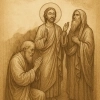In the Bible, the crown of thorns is mentioned in the account of Jesus' crucifixion. Matthew 27:29, Mark 15:17, and John 19:2 describe how the Roman soldiers twisted thorns into a crown and placed it on Jesus' head as a form of mockery and humiliation.
The crown of thorns had symbolic significance in multiple ways. Firstly, it represented the mockery and ridicule that Jesus endured as the proclaimed "King of the Jews." The soldiers intended to belittle His claim to kingship by placing a crown, typically associated with royalty and honor, made of thorns, which symbolized pain and curse.
Secondly, the crown of thorns symbolized the consequences of human sin and the curse brought about by disobedience. Thorns were a result of the curse pronounced upon the earth after Adam and Eve's fall in Genesis 3:17-18. By wearing the crown of thorns, Jesus bore the weight of humanity's sins and the curse of sin upon Himself.
The crown of thorns serves as a powerful reminder of Jesus' sacrificial love and the depth of His suffering on behalf of humanity. It represents His willingness to endure humiliation and pain to fulfill His mission of redemption and salvation.
Furthermore, the crown of thorns serves as a contrast to the crown of victory and glory that Jesus ultimately obtained through His resurrection and ascension. It highlights the transformative power of His sacrifice, where death and suffering were overcome, and a path to eternal life was opened for believers.
The crown of thorns, therefore, holds profound symbolism in relation to Jesus' identity as the suffering Messiah, the bearer of human sin, and the bringer of redemption and eternal life. It reminds us of the depth of God's love and the lengths He went to reconcile humanity to Himself.

